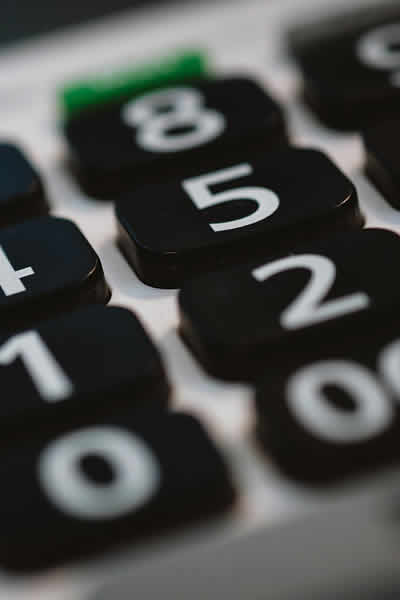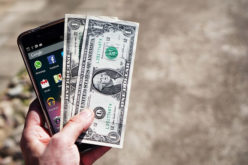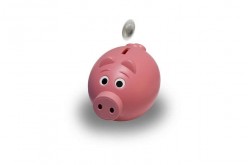Let’s explore the concept of an emergency fund, why it matters, and how you can build one to secure your financial future.
What Is an Emergency Fund?
An emergency fund is a stash of money set aside to cover unexpected expenses. Imagine it as your financial safety net, ready to catch you when life throws a curveball.
This could be anything from sudden medical expenses to urgent car repairs or even job loss. For young adults and financial planners, understanding and establishing an emergency fund is crucial for maintaining financial stability and peace of mind.
Understanding the Need for an Emergency Fund
Life’s Unpredictability
We all know that life can be unpredictable. One moment everything seems fine, and the next, an unexpected expense arises. Without an emergency fund, these surprises can quickly lead to financial stress.
Whether it’s a broken appliance, a health crisis, or an urgent travel expense, having a reserve can save you from debt and emotional turmoil.
Financial Impact of Not Having an Emergency Fund
Without an emergency fund, you may find yourself relying on credit cards or loans to cover unexpected expenses. This leads to high interest rates and mounting debt, making it even harder to regain financial stability.
The lack of a safety net can jeopardize your long-term financial goals, such as buying a home or saving for retirement.
How to Start Building Your Emergency Fund
Setting Realistic Savings Goals
The first step in building an emergency fund is setting a realistic goal. Financial experts recommend aiming for three to six months’ worth of living expenses.
Start by calculating your essential monthly costs, including rent, utilities, groceries, and transportation. Once you have a target amount, break it down into manageable monthly savings goals.
Strategies for Consistent Contributions
Consistency is key when it comes to building an emergency fund. Consider automating your savings by setting up a direct deposit from your paycheck to a designated savings account.
Even small, regular contributions can add up over time. Additionally, look for ways to cut back on non-essential expenses and redirect those funds into your emergency fund.
Where to Keep Your Emergency Fund
Keeping Your Fund Accessible but Separate
Accessibility is crucial for an emergency fund. You need to be able to access the money quickly when an emergency arises. However, it should be separate from your everyday spending account to avoid the temptation of dipping into it for non-emergencies.
High-yield savings accounts are a popular option, offering easy access and better interest rates than standard savings accounts.
Other Options for Storing Your Fund
Other options include money market accounts and short-term certificates of deposit (CDs). These accounts can offer higher returns while still providing liquidity.
The key is to choose an option that balances accessibility with potential growth, ensuring your funds are available when needed.
When to Use Your Emergency Fund
Defining Emergencies vs. Non-Emergencies
It’s important to establish clear criteria for what constitutes an emergency. True emergencies are unexpected, necessary, and urgent.
Examples include medical bills, car repairs, or sudden job loss. Avoid using your emergency fund for non-urgent expenses like vacations or luxury purchases, as this undermines the purpose of the fund.
Examples of When to Dip Into Your Fund
Consider the following scenarios:
- Medical Emergencies: Unplanned hospital visits or treatments.
- Major Car Repairs: Essential repairs needed to keep your vehicle running.
- Job Loss: Covering living expenses while you search for a new job.
Having clear guidelines helps you make wise decisions about when to use your emergency fund.
Maintaining Your Emergency Fund
Replenishing After Use
Once you’ve tapped into your emergency fund, it’s essential to replenish it promptly. Treat this as a priority in your budget, just as you would any other essential expense. Continue to make regular contributions until you’ve rebuilt your fund to its original level.
Adjusting the Fund Size Over Time
Your financial situation and needs may change over time. Regularly reassess the size of your emergency fund to ensure it aligns with your current living expenses and financial goals. For instance, if your living costs increase or you experience significant life changes, you may need to adjust your savings target.
The Benefits of an Emergency Fund
Financial Security and Peace of Mind
One of the most significant benefits of an emergency fund is the peace of mind it provides. Knowing you have a financial cushion allows you to face life’s uncertainties with confidence. This security can reduce stress and improve your overall well-being.
Impact on Long-Term Financial Health
An emergency fund not only protects you from immediate financial crises but also supports your long-term financial health. By avoiding debt and maintaining stability, you can stay on track with your financial goals. An emergency fund serves as a foundation for building wealth and achieving financial independence.
other related articles of interest:
Conclusion
Establishing an emergency fund is a crucial step toward financial stability and peace of mind. By understanding its importance, setting realistic goals, and maintaining consistent contributions, you can build a robust financial safety net. Remember, emergencies are inevitable, but being prepared can make all the difference.
Take action today. Start by setting up your emergency fund and ensuring your financial future is secure. If you need personalized guidance, consider consulting with a financial planner who can help you tailor your savings strategy to your unique needs.
Image Credit: building your financial safety net by envato.com
end of post … please share it!
end of post idea for home improvement
view and analyze home improvement ideas at our LetsRenovate center
Helpful article? Leave us a quick comment below.
And please give this article a rating and/or share it within your social networks.













